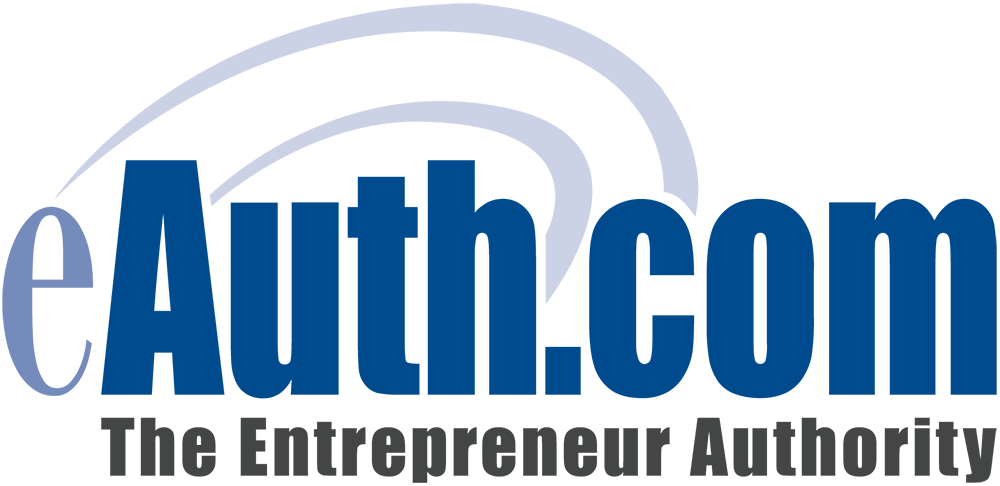Unplugged Part 1: Unplugged Employees Boost Business Success

For better or for worse, we live in a digital era. Businesses that fully embrace the digital age are far more likely to be successful in the 21st century. At the level of the individual human being, things get a littler trickier. I’m going to go out on a limb here and say this: One of the most valuable practices you can cultivate for success in business and life is the ability to unplug. Don’t get me wrong here: I’m not trying to convince you to “give up” your gadgets and devices. What I’m saying is your success is deeply impacted by your relationship to technology, and like any relationship, it can be healthy or it can be dysfunctional. In the first part of this two-part series about unplugging, I’ll focus on impacts in the workplace.
Unplug for Productivity’s Sake
Whenever I’m advising entrepreneurs or business owners about how to boost their productivity, I always recommend the elimination of distractions when you need to focus on an important task. Obviously, few things are more distracting than the constant flow of emails, instant messages, texts, and all manner of other notifications from social media and other sources. If you need your computer for the task, this means closing your Internet browser, email client, and temporarily disabling any other notifications that could pop up and only using the applications you need for the work at hand. But what’s the expectation at your workplace? Are your employees even allowed to unplug?
How the Human Brain Works
The basic problem here is that the human brain evolved over the millennia without modern digital technologies, so our starting point here is asking our ancient brains to function in a very new, very recent high-tech world. If you think responding to the electronic distractions in the midst of your work is multitasking, you’re wrong. The human brain can only focus meaningfully on one thing at a time, unless you’re talking about routine activities that are entirely second nature (such as walking and chewing gum at the same time). For all intents and purposes, multitasking is a myth.
The Cost of Tech-Induced Distractions
Each time you allow an electronic distraction to interrupt your attention, you’re switching your focus from one task to another and then back to the original task, and there are real consequences to this sequence. Psychologist Larry D. Rosen, co-author of The Distracted Mind, notes that one study calculated this resumption lag of getting back to the original task, and the results are shocking: It takes a person on average nearly 30 minutes to go through the process of being distracted and then resuming work. The result is that tasks take longer to complete when distractions are permitted, causing additional stress and anxiety to workers. And it’s not always your fault either – many company cultures expect workers to respond immediately to work-related emails, texts, and phone calls. They think these immediate responses signal greater productivity, but if the act of responding is interrupting your essential work, then productivity is actually being harmed, not helped.
What Companies Can Do
The urgency of company management taking a more thoughtful approach to tech-induced distractions cannot be overstated. There are options. Some companies have created a 7-to-7 rule where any company communications received outside of those hours don’t require a response until your official workday has started. We also need new norms about handling digital communications during the workday, such as a 30-minute or even one-hour response time. If a communication is so urgent that it needs a faster response time, then it should be delivered through a phone call or an in-person visit. Rosen also advocates for company-supported “tech breaks.” You shut down all sources of potential tech distractions to focus on your work and set a timer for a specific amount of time. I would suggest 25 minutes, which is in line with what’s called the Pomodoro Technique. At the end of that chunk of time, you’re allowed to check whatever apps you want to check (or take a short walk), but only for 5 minutes, then you go for another uninterrupted 25 minutes of focused work. After four consecutive cycles of this, take a 30-minute break. This alone would revolutionize productivity in workplaces of the digital era. These are just a few of suggestions for how companies can change workplace practices to better support employee productivity in the digital era.
Keep an eye out next week when I’ll present Unplugged Part 2: Unplugged Entrepreneurs find Business Success – taking individual responsibility for your relationship to technology.

Leave a Reply
Want to join the discussion?Feel free to contribute!